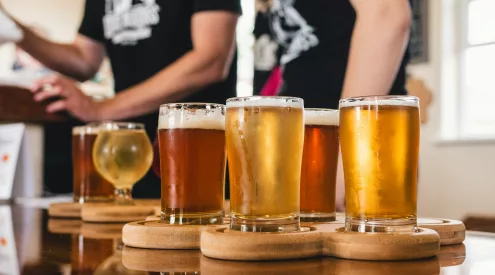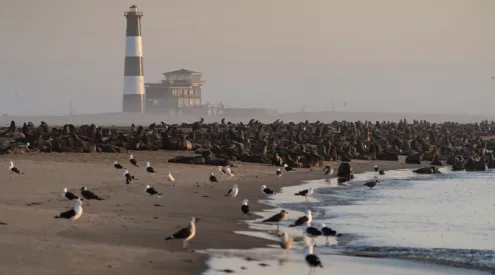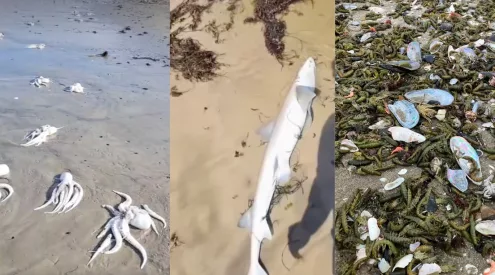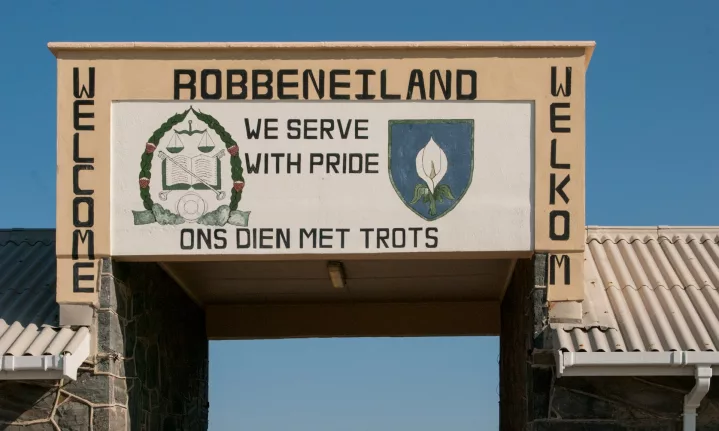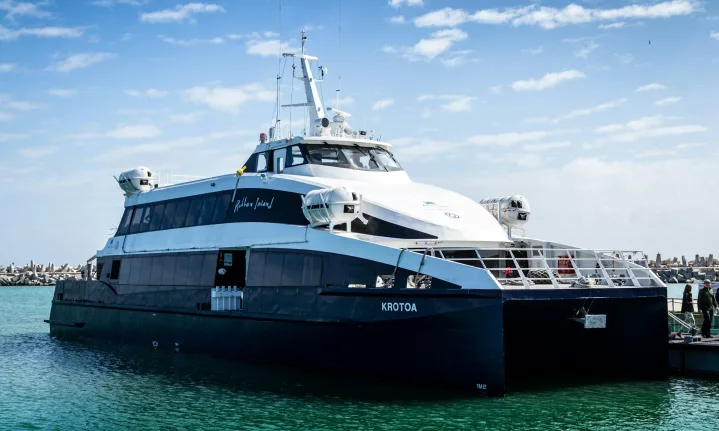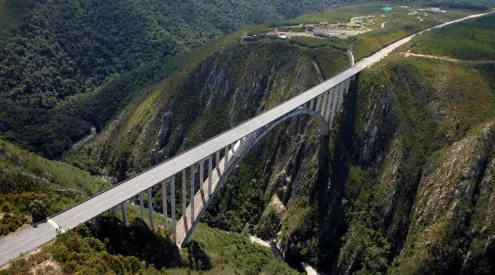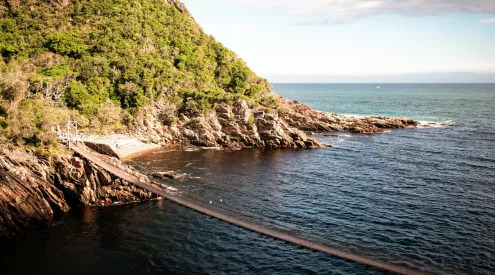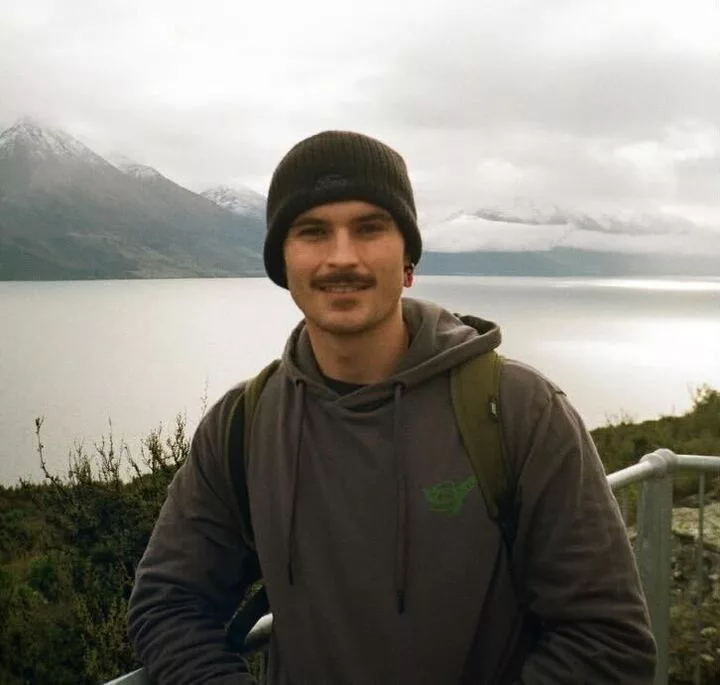Robben Island is synonymous with the late former President Nelson Mandela. His name is etched into its limestone quarries and echoing prison halls, but if you look deep beneath the surface, you will uncover centuries of stories that span far beyond one man. From its earliest uses by the Dutch in the 1600s to its time as a leper colony, mental asylum and military post, this island is a living museum of South Africa’s layered past.
Long before Mandela was imprisoned here, the island served as a site of exile for Autshumato, a Khoi leader and interpreter banished by Dutch colonists in the 1600s. His imprisonment marked the beginning of Robben Island’s long-standing role as a tool of colonial control—isolating dissenters and anyone seen as inconvenient to the regime of the day.
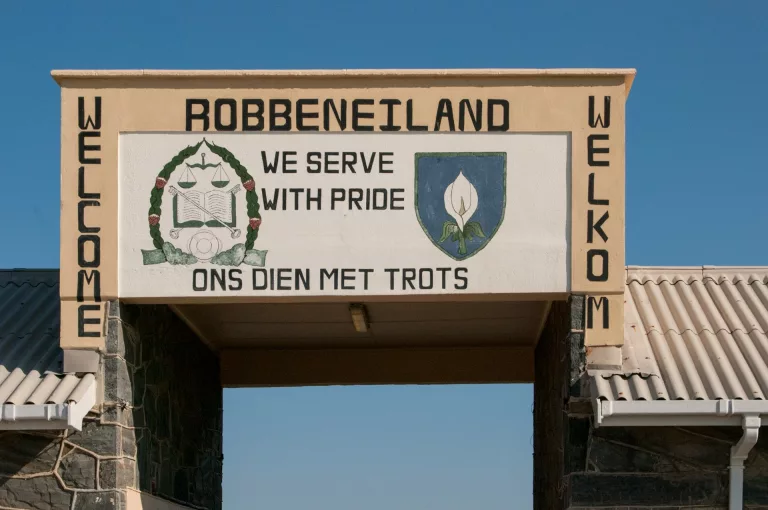
Moheen Reeyad/Unsplash
ALSO READ: Exploring South Africa’s newest UNESCO World Heritage sites
Life in isolation: The Leper colony years
Between 1846 and 1931, Robben Island was transformed into a leper colony. Over 3,000 people—many of them forcibly removed—were housed in poor conditions, segregated by race and gender. Their lives ended in lonely isolation, and today, weathered tombstones still dot the island’s landscape, a haunting reminder of a forgotten chapter in medical history. The ruins of the leper hospital are accessible by tour, and a quiet walk past the gravestones offers a moment of solemn reflection.
Mental health and misunderstanding
For a time, the island also housed people labeled as mentally ill. Historical records show that the same dehumanising logic used to exile lepers was extended to those with psychological conditions. The island’s use as an asylum illustrates how marginalised communities were hidden from public view—out of sight, out of mind.
A fortress in wartime
During World War II, Robben Island became a military outpost that was strategically important for defending Cape Town. Remnants of bunkers, lookout towers, and gun batteries still dot the landscape. For military history buffs, this chapter adds yet another layer to the island’s complex past. The infrastructure remains eerie evidence of a world bracing for global conflict.
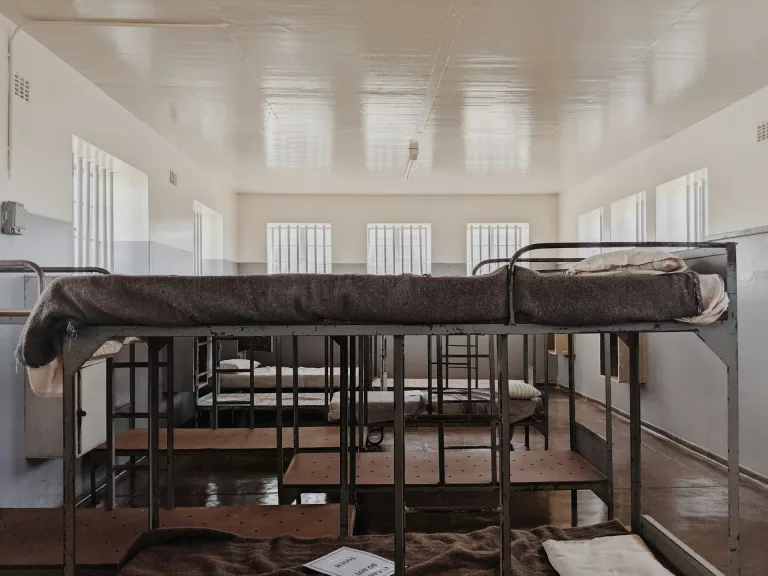
Tasneem Jhetam/Unsplash
Beyond Mandela: Other political prisoners
While Mandela became the most famous inmate, many endured years behind bars. Robert Sobukwe, founder of the Pan Africanist Congress (PAC), was held in near-total isolation in a small house separate from the prison block. His imprisonment under the specially crafted “Sobukwe Clause” represents one of apartheid’s most chilling legal manipulations. Other well-known prisoners included Tokyo Sexwale, Walter Sisulu, Govan Mbeki, Kgalema Motlanthe and Jacob Zuma.
PAC and ANC members, trade unionists, and student activists were detained here, their acts of resistance and resilience woven into the island’s foundations.
A living heritage
Robben Island was officially declared a UNESCO World Heritage Site in 1999, and today, it serves not only as a tourist destination but also as a symbol of the country’s difficult path to democracy. Guided tours are often led by former prisoners—men who lived through the oppression they now recount, giving visitors a raw and powerful connection to the past.
However, some controversies remain. Debates about the site’s upkeep, commercialisation, and accurate historical representation continue to surface. Still, it remains one of South Africa’s most essential historical landmarks.

Grant Durr/Unsplash
Planning your visit
Whether you’re a history enthusiast, nature lover, or casual traveller, Robben Island offers more than just a walk through the prison walls. Here’s what to look out for on your visit:
-
Ferries:
Tours depart from the V&A Waterfront in Cape Town. They typically last 3.5 to 4 hours, including the ferry ride. Booking in advance is essential, especially in peak season.
-
Former maximum-security prison:
Step inside the prison where political activists, including Mandela, were held. Former inmates often lead tours, offering deeply personal insights.
-
Robert Sobukwe’s house:
A standalone structure where the PAC founder was held in solitary confinement under a special law.
-
Limestone Quarry:
The site where prisoners were subjected to forced labour under the sun. After their release, a pile of stones at the quarry marks a silent tribute by Mandela and his fellow inmates.
-
The Lighthouse:
Built in 1864 and still operational, it’s one of the oldest lighthouses on the South African coast.
-
Penguin colony:
African penguins have made Robben Island their home. You can spot them nesting along the coastline—perfect for wildlife lovers and families.
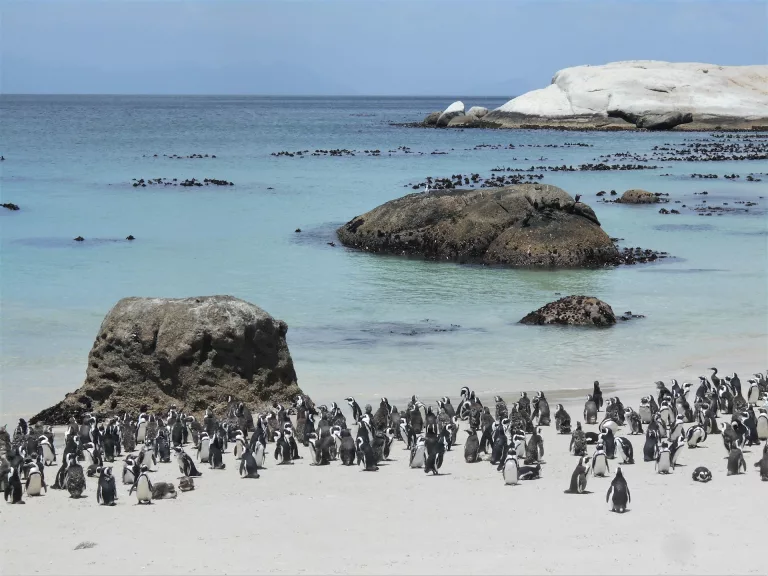
Lavinia T/Unsplash
-
Kramat (Shrine):
A sacred Muslim site honouring Sayed Abdurahman Moturu, an exiled prince and religious leader. The kramat is an important place of pilgrimage.
-
Shipwrecks:
The island is ringed with reefs that have claimed many ships over the centuries. Some wrecks are still visible and make for fascinating viewing from the ferry or coastline.
-
Leprechaun graveyards and hospital ruins:
These haunting remnants recall the island’s time as a leper colony. The old hospital stands as a silent witness to a long-forgotten era.
-
Garrison Church:
Built for British troops stationed on the island, the church is one of several colonial-era buildings still standing.
-
Lookout Posts and WWII bunkers:
Scattered across the island, these relics from World War II speak to Robben Island’s role in South Africa’s coastal defence system.
-
Island wildlife:
In addition to penguins, look for tortoises, various bird species, and even small antelope roaming the terrain.
Travel tip:
Morning tours are less likely to be delayed due to weather. Wear comfortable shoes and sun protection and carry water as a fair amount of walking is involved.
Follow us on social media for more travel news, inspiration, and guides. You can also tag us to be featured.
TikTok | Instagram | Facebook | Twitter
ALSO READ: Literary landscapes: Places that inspired South African writers



